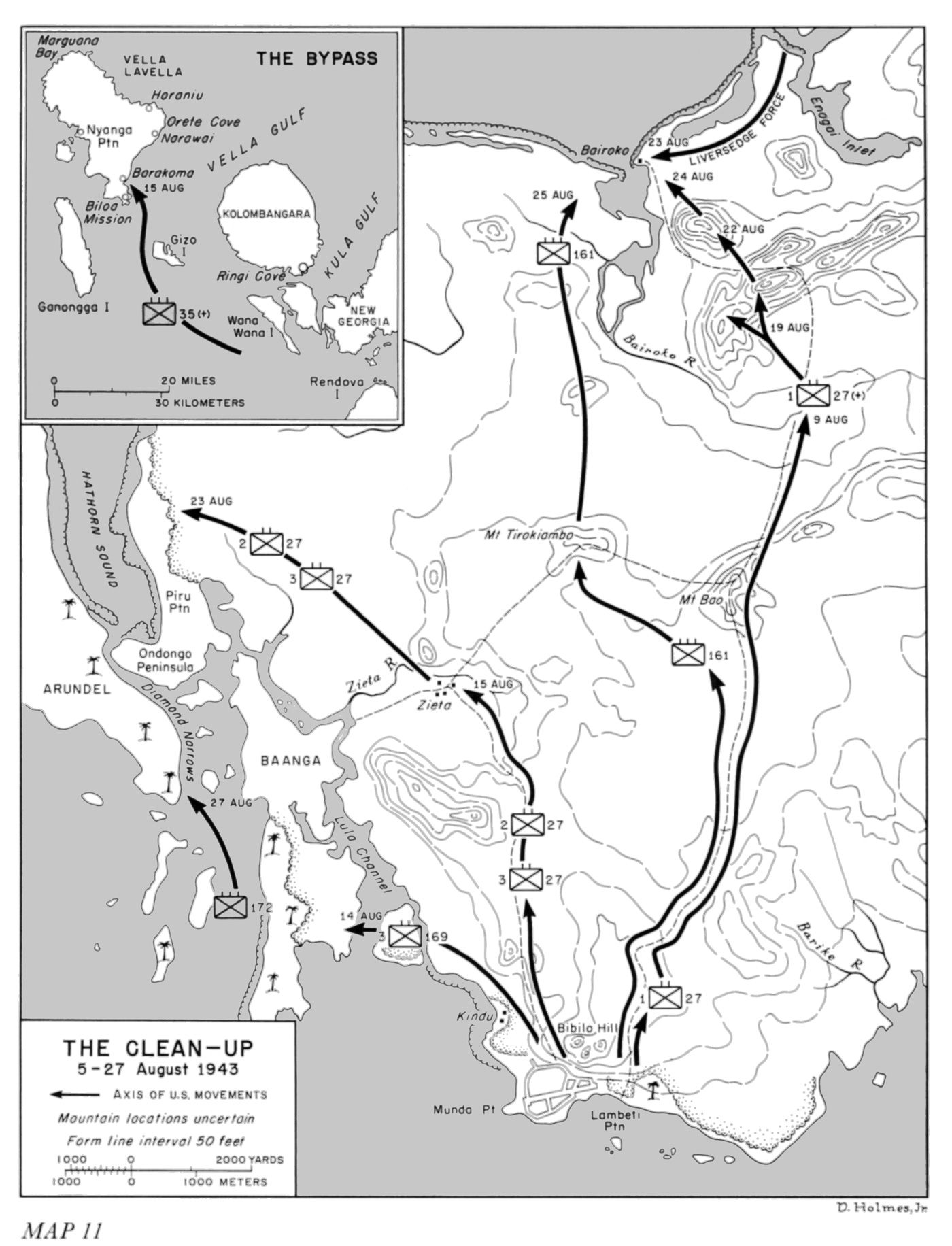Ondonga Airfield on:
[Wikipedia]
[Google]
[Amazon]
Ondonga Airfield is a former
 The Munda Point area was secured on 5 August 1943. While the rehabilitation and expansion of
The Munda Point area was secured on 5 August 1943. While the rehabilitation and expansion of
World War II
World War II or the Second World War, often abbreviated as WWII or WW2, was a world war that lasted from 1939 to 1945. It involved the vast majority of the world's countries—including all of the great powers—forming two opposin ...
airfield on New Georgia
New Georgia, with an area of , is the largest of the islands in Western Province, Solomon Islands, and the 200th-largest island in the world.
Geography
New Georgia island is located in the New Georgia Group, an archipelago including most ...
in the Solomon Islands archipelago
The Solomon Islands (archipelago) is an island group in the western South Pacific Ocean, north-east of Australia. The archipelago is in the Melanesian subregion and bioregion of Oceania and forms the eastern boundary of the Solomon Sea. The ...
.
History
World War II
 The Munda Point area was secured on 5 August 1943. While the rehabilitation and expansion of
The Munda Point area was secured on 5 August 1943. While the rehabilitation and expansion of Munda Point Airfield
Munda Airport is an international airport adjacent to the town of Munda (Solomon Islands), Munda, Western Province (Solomon Islands), Western Province in Solomon Islands.
Originally built by Japanese forces during World War II and further develo ...
was the first priority for the Seebees, the 37th and 82nd Naval Construction Battalions soon began building another fighter airfield on Ondonga Island across from Munda Point. Construction proceeded with difficulty as the island was covered with dense jungle over bog and the site was periodically shelled by Japanese artillery on Kolombangara
Kolombangara (sometimes spelled ''Kulambangara'') is an island in the New Georgia Islands group of the nation state of Solomon Islands in the southwestern Pacific Ocean. The name is from a local language, a rough translation of its meaning is ...
Island and bombed by Japanese aircraft flying from Bougainville. After 25 days the Seebees had completed a coral-surfaced by fighter runway. By February 1944 the Seebees had completed a second parallel runway, roads, taxiways, hardstands, a control tower and a 12,000 barrel tank farm.
Royal New Zealand Air Force
The Royal New Zealand Air Force (RNZAF) ( mi, Te Tauaarangi o Aotearoa, "The Warriors of the Sky of New Zealand"; previously ', "War Party of the Blue") is the aerial service branch of the New Zealand Defence Force. It was formed from New Zeala ...
units based at Ondonga included:
* 14 Squadron operating P-40 Kittyhawks from November–December 1943
* 15 Squadron operating P-40s from October–November 1943 and December 1943-January 1944
* 16 Squadron operating P-40s from November 1943-January 1944
* 17 Squadron operating P-40s January 1944
* 18 Squadron operating P-40s from October–November 1943
US Navy units based at Ondonga included:
* VF-17 operating F4Us
*VF-33
Fighter Squadron 33 (VF-33) was an aviation unit of the United States Navy. Originally established on 11 October 1948 it was disestablished on 1 October 1993. It was the second U.S. Navy squadron to be designated VF-33.
VF-33 History Korean War ...
operating F6Fs
* VP-12 operating PBYs
USMC units based at Ondonga included:
*VMF-216
Marine Fighting Squadron 216 (VMF-216) was a reserve fighter squadron of the United States Marine Corps that was based out of Washington. Known as the “Bulldogs”, VMF-216 participated in numerous combat engagements in the Pacific Theater du ...
operating F4Us
Postwar
The airfield is abandoned and overgrown with vegetation.See also
*Barakoma Airfield
Barakoma Airfield is a former World War II airfield on Vella Lavella in the Solomon Islands archipelago.
History World War II
The U.S. 35th Infantry Regiment landed on Vella Lavella on 15 August 1943 as part of the Solomon Islands campaign. The ...
*Munda Airport
Munda Airport is an international airport adjacent to the town of Munda, Western Province in Solomon Islands.
Originally built by Japanese forces during World War II and further developed by the U. S. Naval Construction Battalions 24 and 73 f ...
*United States Army Air Forces in the South Pacific Area
During World War II, the United States Army Air Forces engaged in combat against the Empire of Japan in the South Pacific Area. As defined by the War Department, this consisted of the Pacific Ocean areas which lay south of the Equator between l ...
References
{{reflist Airfields in the Pacific theatre of World War II Airfields of the United States Navy Military installations closed in the 1940s World War II sites in the Solomon Islands Closed installations of the United States Navy